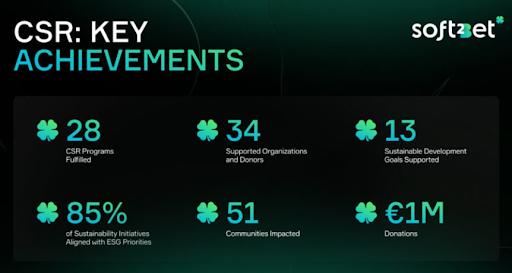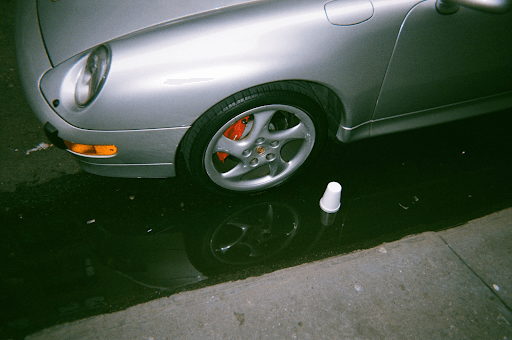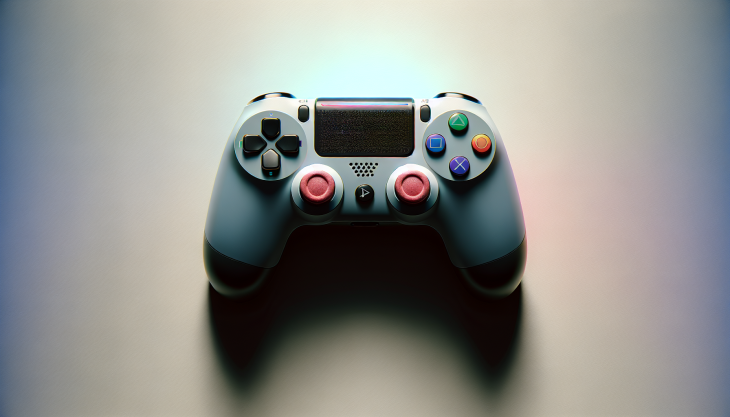Are you worried that the pot gummy you ate a few days ago will appear on a THC drug test? This post will discuss how long edibles stay in your system. We’ll go through various types of edible, their metabolites’ times in your blood, urine, and hair, and helpful hints if you overdo it with sweets or gummies. The time it takes for eliminates THC is determined by the frequency of usage, your metabolism, and the potency of your edibles.
What Are Edibles?
THC-infused foods, drinks, oils, and pills are called edibles. Edibles are a popular way to consume cannabis since they offer a discreet and convenient way to get high. They also provide a more intense and longer-lasting high than smoking weed since they’re metabolized in the liver instead of the lungs.
The main distinction between eating an edible and smoking is that the edible must go through the digestive system, so you may have to wait anywhere from 40 minutes to two hours (depending on a person’s metabolism, or if you ate in full or on an empty stomach) before feeling anything. However, once the effects do kick in, they tend to be much more intense than if you had smoked the cannabis. This is because when THC is ingested, it’s converted into 11-hydroxy-THC, which is a more potent form of THC. As a result, edibles are often used by people who are looking for a very strong high.
If you’re new to eating cannabis edibles, start with a low dose (5-10 mg of THC) and observe how you react. It’s also essential to remember that an edible’s effects can take up to two hours to be felt fully, so don’t tempt yourself into eating more if you don’t feel anything right away. Greening out is an unpleasant experience characterized by anxiety, dizziness, and nausea that occurs when you eat too much.
How Long Do Edibles Stay In Your Body?
The effects of consuming marijuana edibles can last from a few hours to upwards of 12, depending on various factors. The primary deciding element in how long the edible will stay active is determined by how much weed you’ve consumed. Other elements that play a role are your metabolism, body fat percentage, and general healthiness.
THC and its metabolites are stored in your body’s fat cells. As a result, people with higher body fat percentages will retain THC for a longer period than those with lower body fat percentages. The half-life of THC (the time it takes for your body to eliminate half of the THC you’ve consumed) is anywhere from one to 10 days. This means that if you consume an edible today, trace amounts of THC could still be detectable in your body 10 days from now.
Various methods can be used to test for the presence of THC in your system. The most common methods are:
Urine Test:
When it comes to testing for drugs, urinalysis is the most commonly used method. However, it is important to note that there is a large margin of error with this type of test. For example, THC will be detected in urine for up to three days after last use in occasional users (defined as those who consume no more than three times per week) or first-time users.
For those who consume marijuana 4-5 times each week, traces of THC can remain in urine for 5-7 days after the last use. When it comes to edibles, THC can linger in the body for around 10 to 15 days in daily users. Therefore, it is important to keep these margins of error in mind when interpreting results from drug tests.
Blood Test:
A blood test is the most direct method of detecting THC, the main psychoactive compound in cannabis. Blood tests generally have a smaller detection window than urine tests, making them more useful for investigating recent cannabis use. After taking THC, blood tests are typically positive for 1-2 days. However, regular or frequent users may show traces of THC in their urine for up to 25 days.
Blood tests are not as commonly used as urine tests because they are more invasive and require specialized equipment. However, they are more accurate in detecting recent cannabis use, making them useful in certain situations.
Hair Test:
Although THC is primarily stored in fat cells and eliminated through feces and urine, it can also be detected in hair. A hair test can detect THC for up to 90 days after consuming an edible. Because hair growth is slow, THC is gradually deposited in the shafts of growing hair. This makes hair testing an effective way to determine if someone has recently consumed cannabis. However, it’s important to note that hair testing is not foolproof.
Environmental factors such as smoke exposure can contaminate a sample, and unlike urine or blood tests, hair tests cannot indicate how much THC was consumed. Nonetheless, hair testing is a valuable tool for employers and law enforcement officials who need to determine if someone has recently used cannabis.
Saliva Test:
A saliva test is a quick and easy way to test for the presence of drugs in a person’s system. Saliva tests are less invasive than other types of drug tests, such as urine or hair follicle tests. Saliva tests can detect the presence of drugs, such as THC, for up to 72 hours after consumption.
However, this detection window is much shorter for those who consume cannabis regularly. For regular users, THC may be detectable in saliva for up to 24 hours after the last use. Saliva tests are becoming more popular, as they are quick and easy to administer. However, they are not foolproof, and false positives can occur.
How To Get Edibles Out Of Your System Faster
If you need to get the THC out of your system quickly, there are a few things you can do:
1. Drink lots of water:
Water will help flush the THC out of your system.
2. Exercise:
Physical activity will help burn off the THC stored in your fat cells.
3. Eat healthily:
Eating nutritious foods will help speed up your metabolism and excrete THC through your urine and feces.
4. Avoid fatty foods:
Fatty foods will slow down your metabolism and make it harder for your body to excrete THC.
5. Abstain From Cannabis Use:
Of course, the best way to get THC out of your system is to simply abstain from cannabis use.
However, this is not always possible or practical. If you need to get THC out of your system quickly, the tips above can help speed up the process.
Some Of The Common Side Effects Associated With Marijuana Edibles Are:
Anxiety
Dizziness
Dry mouth
Euphoria
Increased appetite
Nausea
Paranoia
The strength of the edibles, combined with the person’s tolerance and how much they have eaten, determines side effects. Usually, these side effects are mild but might cause paranoia or anxiety for some people – especially if it’s their first time-consuming marijuana in this way. If you experience any adverse reactions, please see a medical professional right away.
The Bottom Line:
Marijuana edibles are a popular option for consuming cannabis. They’re simple to make and can have a high concentration. Edibles can stay in your body for up to ten days, however this varies based on how much you ingest, your metabolism, and other factors. If you need to get THC out of your system as soon as possible, there are a few things you may try.
However, it is important to remember that everyone metabolizes THC differently, so what works for one person may not work for another. Drink plenty of fluids, exercise regularly, and eat healthy foods to help speed up the process of getting marijuana edibles out of your system.




















